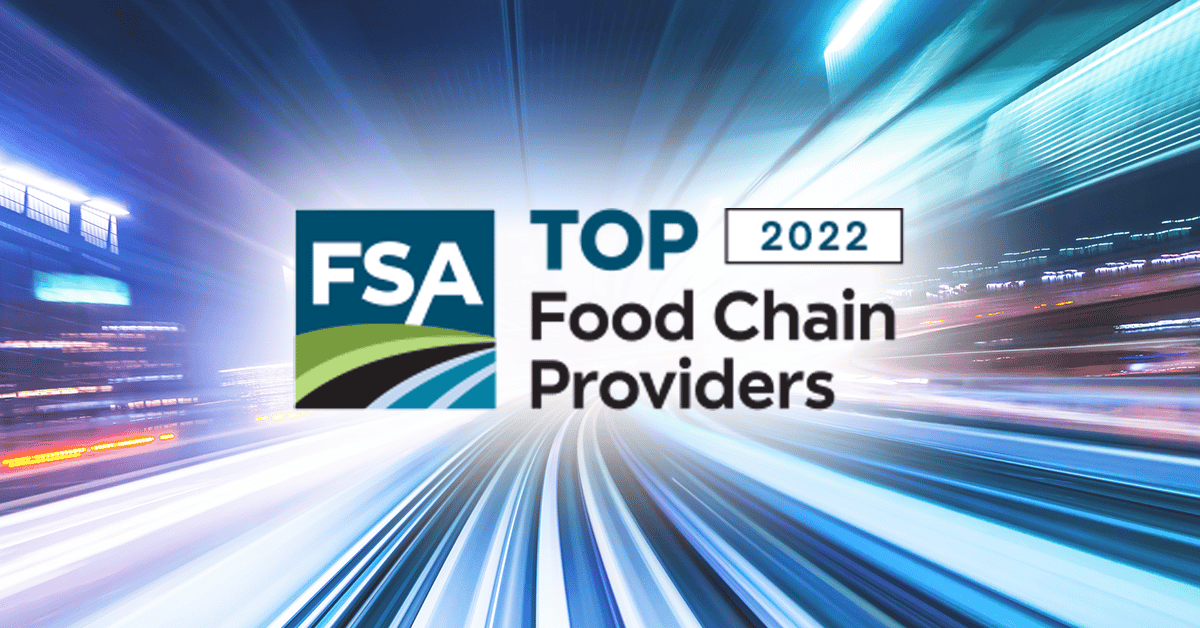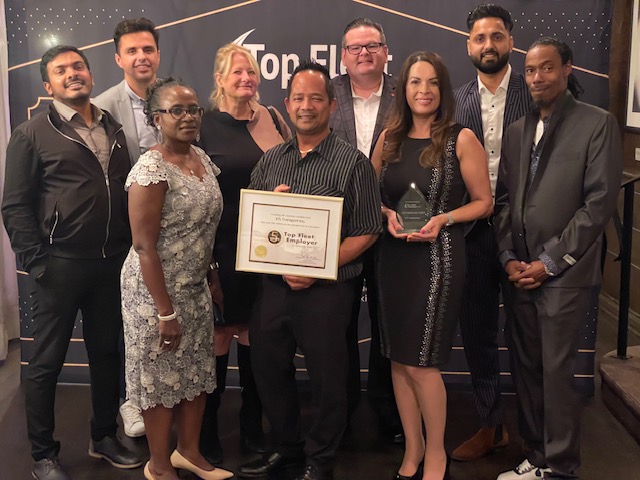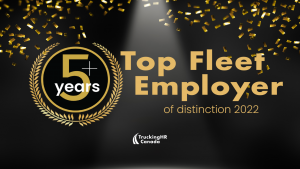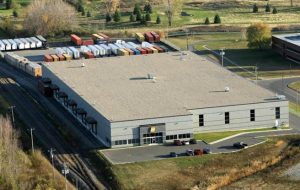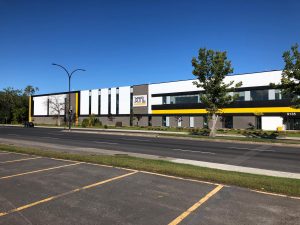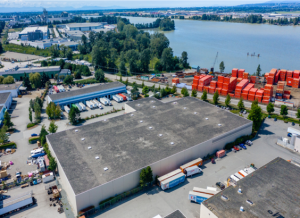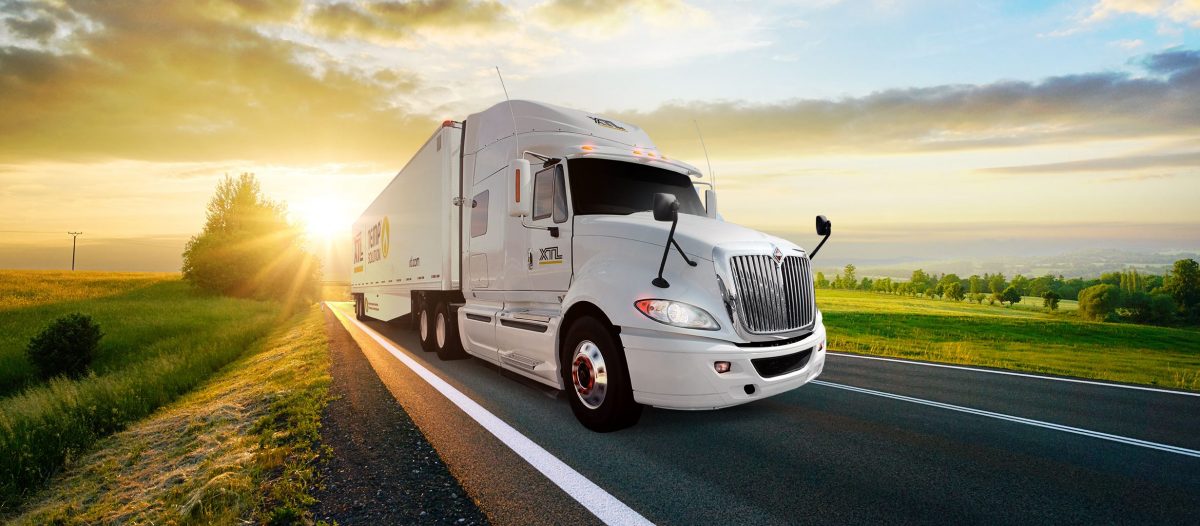Choosing the right transport company is crucial for businesses that rely on freight transportation. Selecting the right carrier from the many North American transport companies in the marketplace can be a real challenge. At XTL Transport, we have over 30 years of experience in the transportation industry and understand the importance of finding a reliable and sustainable transport partner. Here’s why experience, range of services, safety record, technology, customer service, diversity, environmental responsibility, specialized equipment, and reliability are important when selecting a transport company and how XTL Transport meets these requirements.
Top 10 Things to Look for in the Best Transport Companies:
Experience:
Experience is important in the transportation industry as it ensures that the company has the expertise to handle a diverse range of transportation needs. At XTL Transport, our decades of experience allow us to develop deep industry knowledge and provide our clients with efficient and reliable transportation solutions.
Range of Services:
A wide range of services is important as it allows clients to have all their transportation needs taken care of by one company, saving them time and money, as well as, strengthening a partnership with a leader in the transportation industry. AT XTL Transport we offer comprehensive transportation, warehousing, and logistics services that can be tailored to fit our clients’ specific needs. Clients leverage all services for an efficient logistics strategy executed and coordinated by a single provider.
Safety and Security Record:

When it comes to shipping goods, safety and security are paramount concerns. That’s why it’s important to choose a transportation service provider that prioritizes safety and has a proven track record of keeping their customers’ goods secure.
One way to ensure that a company takes safety and security seriously is by checking if they have any relevant certifications. For example, XTL Transport has numerous certifications, including FAST (Free and Secure Trade), C-TPAT (Customs Trade Partnership Against Terrorism), PIP (Partners In Protection), CSA (Canadian Self-Assessment), PARS (Preapproved Review System) (Canada), PAPS (Preapproved PARS System) (USA), and SmartWay Certified. These certifications demonstrate XTL’s commitment to ensuring the safety and security of our customers’ goods.
In addition to these certifications, at XTL we also have a robust safety program in place, which includes regular safety training for our drivers, the use of the latest safety technologies, and ongoing safety evaluations.
Technology:

Technology plays an increasingly vital role in the transportation industry, and businesses looking for a transportation service provider should consider a company that leverages technology to improve their services.
Here are some key technology factors to consider when selecting a transportation service provider:
- New-model equipment policy – Look for a company that has a policy to keep their fleet up-to-date with the latest driver-assist and fuel-saving technologies. This can not only reduce their carbon footprint but also improve the safety and performance of their fleet.
- GPS tracking – Ensure the transportation service provider you choose has live GPS tracking on all their tractors and trailers. This feature allows you to monitor the location of your shipment in real-time, enabling you to respond quickly to any issues or delays.
- Electronic logging devices (ELDs) – Select a company that uses ELDs to track driver hours and ensure compliance with regulations in both the US and Canada.
- EDI capabilities – Find a transportation service provider that is fully EDI capable, which will streamline your supply chain systems, and ensure efficient and accurate inventory management.
- State-of-the-art reefer units – If you need temperature-controlled transportation, ensure the company you select has state-of-the-art reefer units that have live diagnostics and two-way communication.
- Route optimization and dashcam reporting – Select a company that utilizes AI-enhanced route optimization and dashcam reporting to ensure the most efficient and safe routes are taken.
- Robotic process automation – Consider a company that uses back-end robotic process automation to streamline operations and reduce manual errors.
- Digital notifications, reporting, invoicing, and payments – Look for a transportation service provider that provides digital notifications, reporting, invoicing, and payments. This feature will help you easily manage your accounts with them and have access to all the necessary information.
At XTL Transport we utilize technology to provide seamless and efficient transportation services to our clients. XTL has a new-model equipment policy, live GPS tracking, ELDs, are fully EDI capable, and use state-of-the-art reefer units. As well, XTL utilizes AI-enhanced route optimization and dash cam reporting and back-end robotic process automation to streamline operations. XTL also offers digital notifications, reporting, invoicing, and payments, which make managing accounts with them straightforward and convenient.
XTL’s focus on technology not only improves our services but also reflects our commitment to sustainability and reducing our carbon footprint. State-of-the-art reefer units we utilize are not only cutting edge in design but also provide efficient and environmentally friendly transportation of temperature-sensitive goods. Additionally, AI-enhanced route optimization reduces the number of miles traveled, reducing fuel consumption and emissions.
By leveraging technology in our operations, XTL Transport ensures that clients receive top-notch transportation services. However, it’s important to note that technology should not be the only factor to consider when selecting a transportation service provider. Other critical factors, such as experience, safety record, reliability, and customer service, must also be considered to ensure that you choose the best transportation service provider for your needs.
Customer Service:

When selecting a transportation service provider, excellent customer service is a critical factor to consider. Here are some key factors to consider when assessing a transportation service provider’s customer service:
- Responsiveness: A good transportation service provider should be easy to reach and responsive to inquiries or concerns. They should have a customer service team that is available to assist customers promptly.
- Reliability: Reliability is critical in the transportation industry. A good provider should have a reputation for delivering shipments on time and without incident. They should also have contingency plans in place in case of unexpected issues or delays.
- Communication: Good communication is essential in the transportation industry. The provider should be able to provide regular updates on the status of shipments and any issues that arise.
- Flexibility: A good provider should be flexible and able to adapt to changing needs or circumstances. They should be able to offer customized solutions to meet specific requirements.
XTL Transport meets all of these criteria and has won numerous awards for our commitment to customer service. XTL has been recognized as The Shipper’s Choice, a Carrier of Choice, and named as a Top Fleet Employer of Distinction by Trucking HR Canada. These awards are a testament to XTL’s dedication to providing exceptional customer service. Our team has a reputation for being responsive, reliable, and flexible, with a commitment to open and honest communication.
Diversity:
Diversity in the transportation industry is important as it allows companies to understand and meet the unique needs of a diverse client base. XTL Transport values diversity and is committed to providing a work environment that is inclusive and free from discrimination. We believe that our diverse team of professionals allows us to better understand and serve the needs of our clients.
Environmental Responsibility:
 Environmental responsibility is important in the transportation industry as it helps to reduce the industry’s carbon footprint and mitigate the effects of climate change. XTL Transport is committed to reducing our environmental impact through the use of fuel-efficient vehicles, alternative fuels, and sustainable practices. We have implemented a number of initiatives to reduce our carbon emissions and improve our environmental performance.
Environmental responsibility is important in the transportation industry as it helps to reduce the industry’s carbon footprint and mitigate the effects of climate change. XTL Transport is committed to reducing our environmental impact through the use of fuel-efficient vehicles, alternative fuels, and sustainable practices. We have implemented a number of initiatives to reduce our carbon emissions and improve our environmental performance.
Specialized Equipment:
 Specialized equipment is important for companies that need to transport goods that require special handling or temperature control. XTL Transport offers cutting-edge temperature-controlled equipment that is both sustainable and designed for maximum efficiency, ensuring that our clients’ products arrive at their destination in the same condition they left.
Specialized equipment is important for companies that need to transport goods that require special handling or temperature control. XTL Transport offers cutting-edge temperature-controlled equipment that is both sustainable and designed for maximum efficiency, ensuring that our clients’ products arrive at their destination in the same condition they left.
Reliability:
Reliability is a key factor in the transportation industry, and XTL Transport is committed to providing our clients with on-time delivery and reliable transportation services. Our experienced team of professionals works tirelessly to ensure that our clients’ shipments are delivered safely and on time, every time.
Competitive Pricing:
Competitive pricing is important in the transportation industry as it helps clients to optimize their supply chain and reduce transportation costs. XTL Transport understands the importance of competitive pricing and works closely with our clients to provide cost-effective transportation solutions without compromising on quality or safety.
In conclusion, selecting the right transport company is crucial for businesses that rely on freight transportation. At XTL Transport, we have the experience, expertise, and commitment to provide our clients with reliable and sustainable transportation solutions that meet their unique needs. From our comprehensive range of services to our cutting-edge technology, exceptional customer service, diversity and environmental responsibility, specialized equipment, reliability, and competitive pricing, XTL Transport is the ideal choice for companies looking for a trusted and dependable transport partner.
 Book Early for Temperature Controlled Transport:
Book Early for Temperature Controlled Transport: Precise communication is the cornerstone of successful temperature controlled transport. Ensure that you relay your cargo’s specific temperature requirements accurately to your transportation company. Any discrepancies or misunderstandings regarding temperature can lead to compromised goods. XTL Transport’s specialized temperature-controlled trailers are equipped with refrigeration units that can maintain your cargo at the precise temperature needed throughout the journey. Make sure the exact temperature requirements are clear when you call in your order or send us your dispatch form.
Precise communication is the cornerstone of successful temperature controlled transport. Ensure that you relay your cargo’s specific temperature requirements accurately to your transportation company. Any discrepancies or misunderstandings regarding temperature can lead to compromised goods. XTL Transport’s specialized temperature-controlled trailers are equipped with refrigeration units that can maintain your cargo at the precise temperature needed throughout the journey. Make sure the exact temperature requirements are clear when you call in your order or send us your dispatch form. Weather Monitoring:
Weather Monitoring: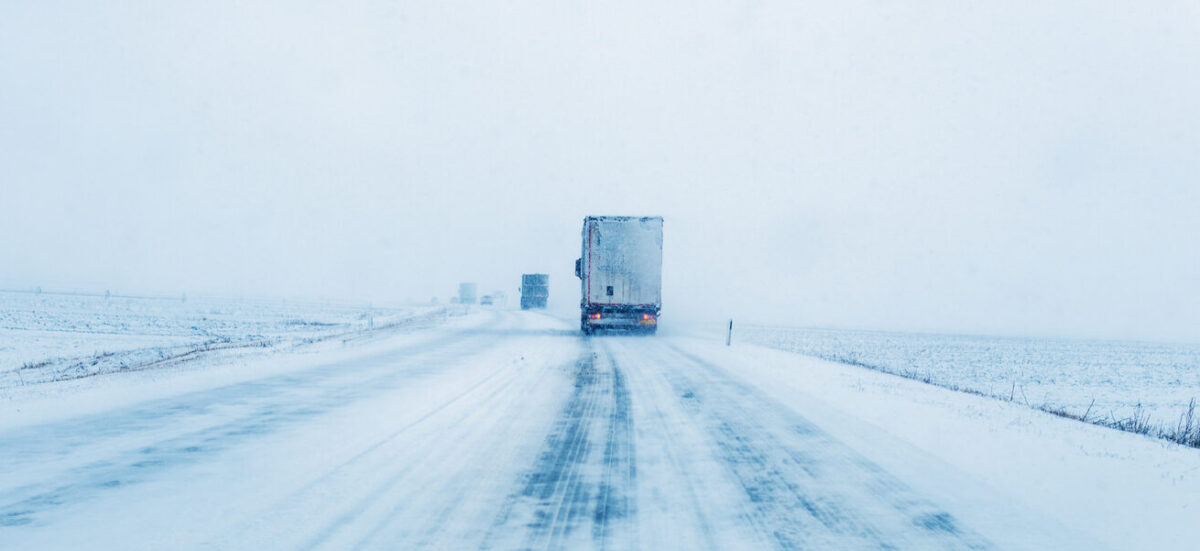
 Book Early for Temperature Controlled Transport:
Book Early for Temperature Controlled Transport: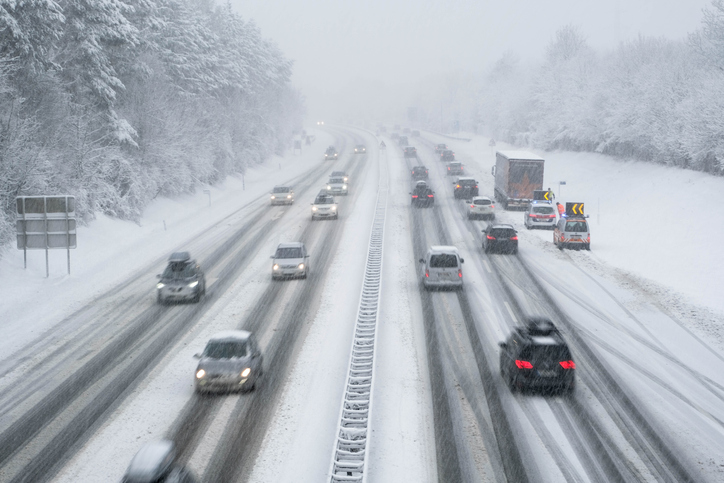 Weather Monitoring:
Weather Monitoring: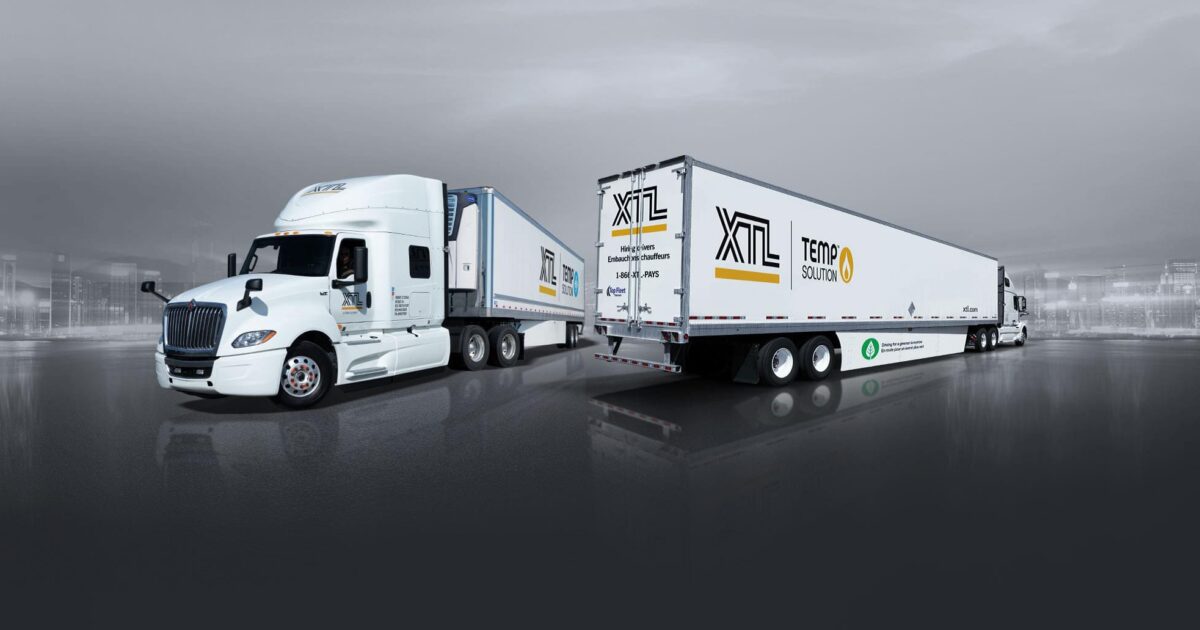


 Environmental responsibility
Environmental responsibility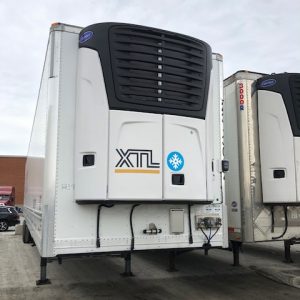 Specialized equipment is important for companies that need to transport goods that require special handling or
Specialized equipment is important for companies that need to transport goods that require special handling or 



